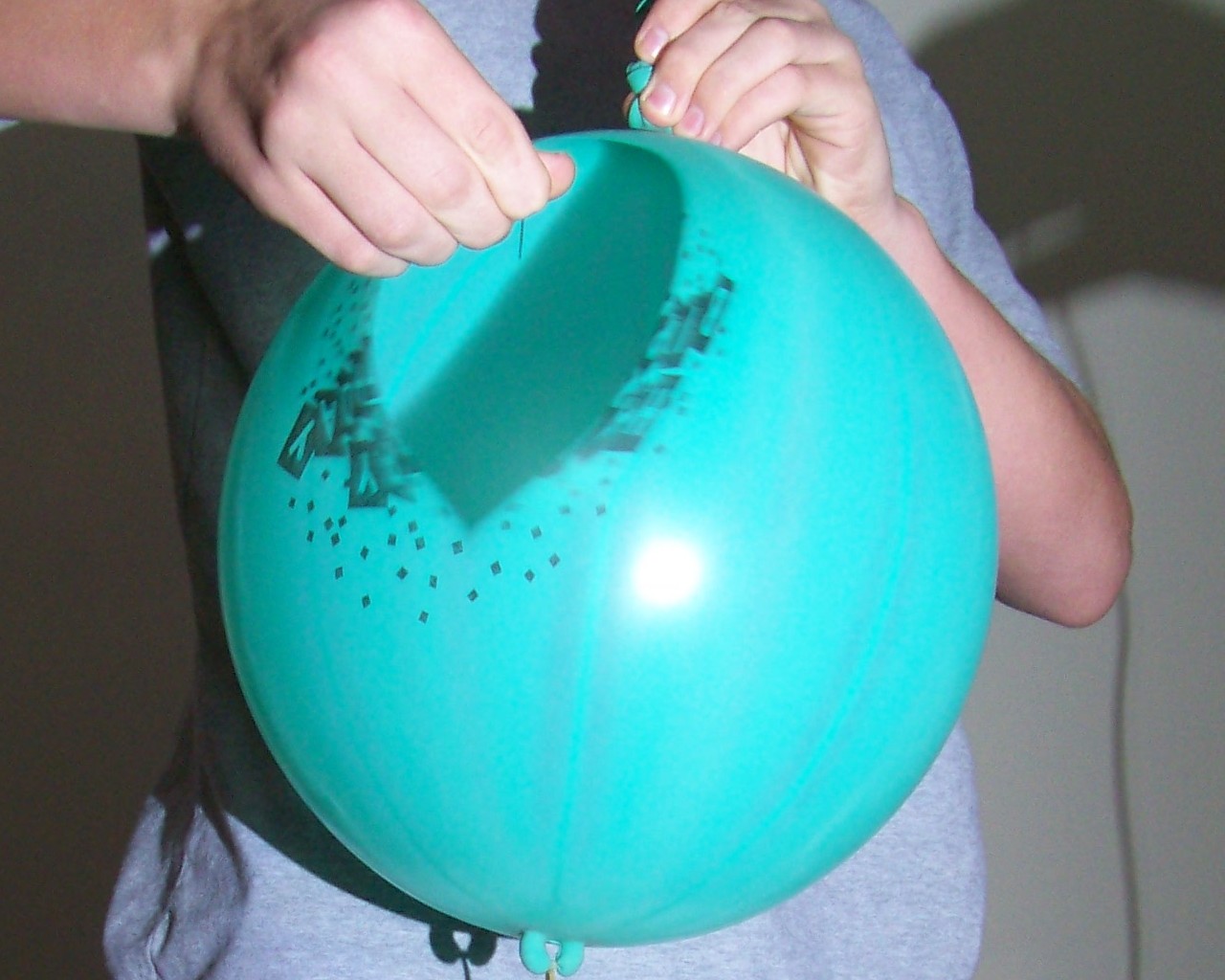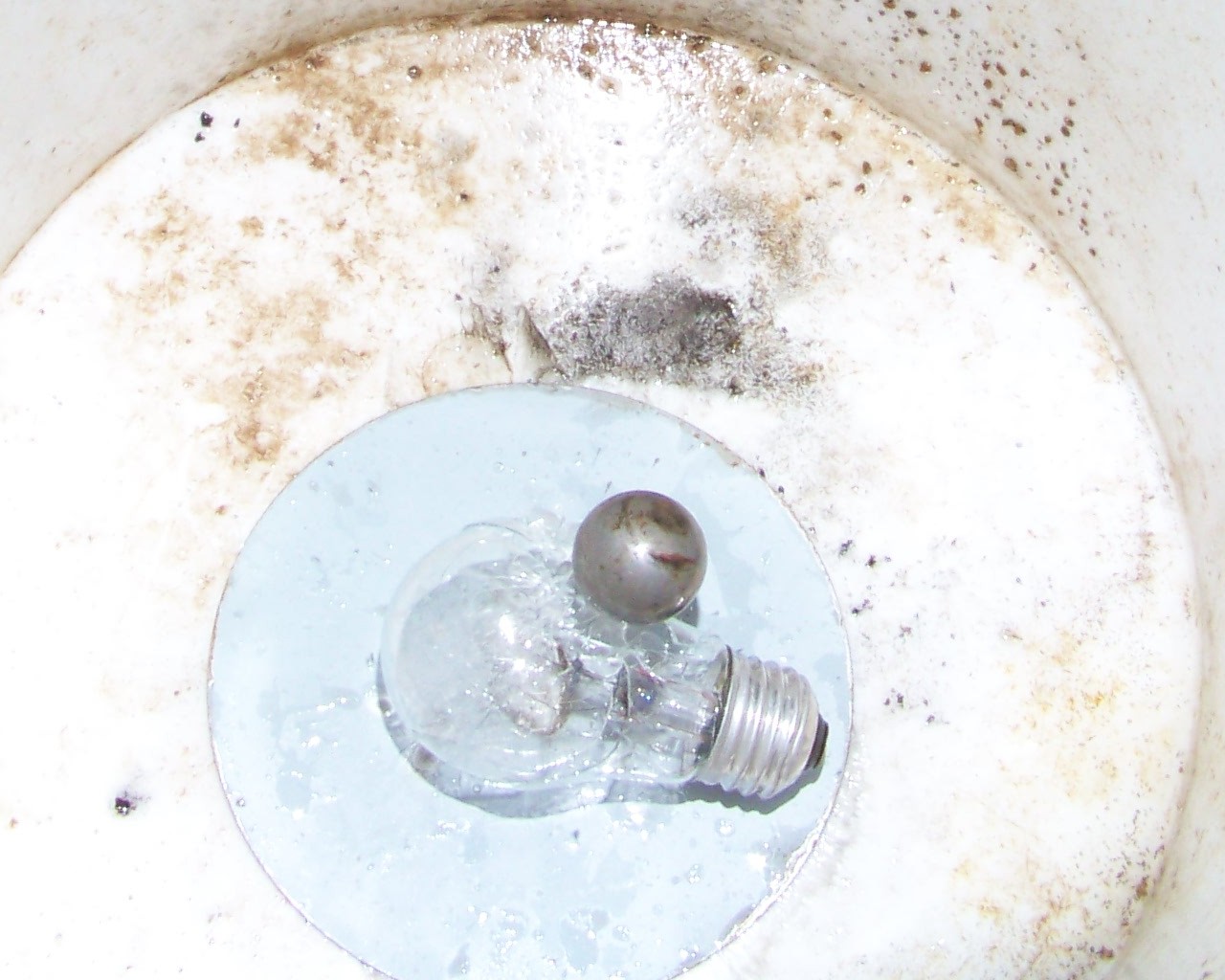I have just finished a sound-activated high-speed flash photography rig... and the pictures are pretty cool. I have pictures of pencils snapping, balloons popping, lightbulbs shattering, and *ahem* a steel ball bearing dropping into *cough* jello and chocolate pudding. Pretty funny.
dantheman3141
20
Newbie Poster
twomers
commented:
Nice work.
+3
Salem
commented:
Very nice
+13
scru
commented:
yes it is
+1
Recommended Answers
Jump to PostNice work man. I like the one of the balloon
Jump to PostGot any computer screens you don't need? Or microwaves? Find a high wall and push.
Jump to PostThe ballon one is hot.
Just a suggestion, get some better lens or sensors. The image quality could better show what is happening (especially the one with the jello)
Jump to PostGot any computer screens you don't need? Or microwaves? Find a high wall and push.
I have 2 LCD's and 2 CRT's that would work perfectly. Can't say i have a wall though.
All 16 Replies
lasher511
185
Veteran Poster
twomers
408
Posting Virtuoso
scru
909
Posting Virtuoso
Featured Poster
dantheman3141
20
Newbie Poster
lasher511
185
Veteran Poster
hbk619
228
Master Poster
twomers
408
Posting Virtuoso
dantheman3141
20
Newbie Poster
MidiMagic
579
Nearly a Senior Poster
dantheman3141
20
Newbie Poster
lasher511
185
Veteran Poster
dantheman3141
20
Newbie Poster
dantheman3141
20
Newbie Poster
lasher511
commented:
Cheers man appreciate it.
+3
lasher511
185
Veteran Poster
dantheman3141
20
Newbie Poster
MidiMagic
579
Nearly a Senior Poster
Be a part of the DaniWeb community
We're a friendly, industry-focused community of developers, IT pros, digital marketers, and technology enthusiasts meeting, networking, learning, and sharing knowledge.





